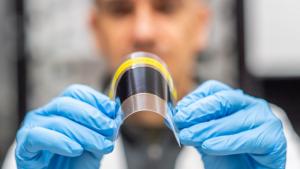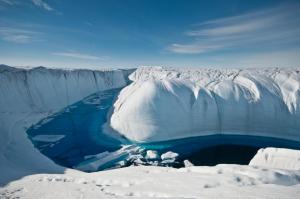Science
ESO Telescope Observes Exoplanet Where It Rains Iron

ESO Telescope Observes Exoplanet Where It Rains Iron
- Read more
- 306 reads
Paper Sheds Light on Infant Universe and Origin of Matter

The rotation of the QCD axion (black ball) produces an excess of matter (colored balls) over antimatter, allowing galaxies and human beings to exist.
- Read more
- 319 reads
Scientists Announce Orbital Tilt Measurements in Youngest Planetary Star System Ever

Scientists Announce Orbital Tilt Measurements in Youngest Planetary Star System Ever
- Read more
- 308 reads
Ancient Shell Shows That Days Were a Half-Hour Shorter 70 Million Years Ago

Fossil rudist bivalves (Vaccinites) from the Al-Hajar Mountains, United Arab Emirates.
- Read more
- 310 reads
Turbulent Convection Lies at the Heart of Stellar Activity

A look into the interior of the Sun and a more evolved giant star.
- Read more
- 264 reads
Burned area trends in the Amazon similar to previous years

Wildfire.
- Read more
- 283 reads
SOFIA’s Infrared View of the Skies

Composite image of W51A, the largest star-forming region in our galaxy. Dozens of massive stars that are more than eight times the size of our Sun are forming there. They create intense radiation pressure that has pushed dust out of the star’s natal cocoon, creating arcs and bubbles that glow brightly at infrared wavelengths of at 37 and 70 microns, shown in green and red in this false color image. Hot gas remains inside these features, which is shown in the 20-micron view in blue. The background star field from Spitzer is shown in white.
- Read more
- 262 reads
First Official Names Given to Features on Asteroid Bennu

This flat projection mosaic of asteroid Bennu shows the locations of the first 12 surface features to receive official names from the International Astronomical Union. The accepted names were proposed by NASA’s OSIRIS-REx team members, who have been mapping the asteroid in detail over the last year. Bennu’s surface features are named after birds and bird-like creatures in mythology, and the places associated with them.
- Read more
- 257 reads
Human Rights
Fostering a More Humane World: The 28th Eurasian Economic Summi

Conscience, Hope, and Action: Keys to Global Peace and Sustainability

Ringing FOWPAL’s Peace Bell for the World:Nobel Peace Prize Laureates’ Visions and Actions

Protecting the World’s Cultural Diversity for a Sustainable Future

Puppet Show I International Friendship Day 2020



